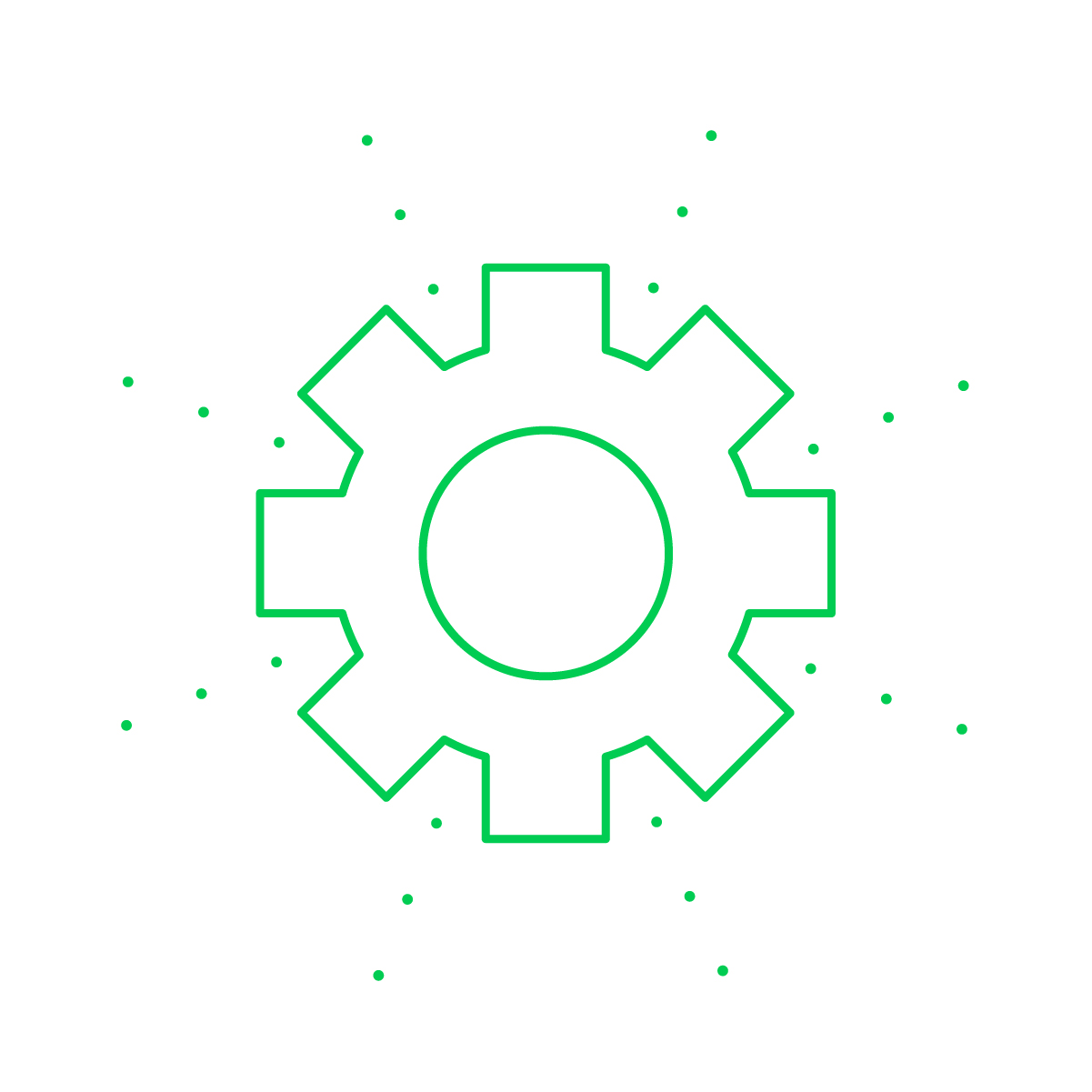Access the 20 years of knowledge we’ve learned from marketing some of the largest global brands to build your business online. Our team enjoys working with enterprise companies who want to amplify their reach, create great online experiences, and increase leads or sales. At Emulent, Website Optimization turns your site into a high-performing growth asset. We blend technical SEO, website speed enhancements, UX refinement, and conversion-rate optimization to remove friction across your customer’s journey. Our team audits architecture, content, and analytics, then prioritizes that optimizations that will compound over time to build your brand profile and reach. Whether you’re shifting your brand focus or fine-tuning an established presence, we align performance, accessibility, and brand consistency so people find you faster and convert with confidence. Emulent’s Creative Services turn attention into action. We start with positioning and audience insights, then build strategies for your website. design, copy, and video. Every asset is built for channel fit: landing pages, ads, email, social, and sales enablement, so your brand shows up consistently across all channels. Our workflow pairs ideation with strategic production, enabling rapid iteration without sacrificing quality. With performance feedback loops baked in, we refine creative to measurably increase engagement, lead quality, and revenue. Emulent’s Paid Media practice is built to scale growth, not just spend. We design full-funnel programs across search, social, display, and retail media, with targeting and messaging mapped to buyer intent. Our specialists structure paid accounts for clarity, automate where it creates value, and test across creative, audiences, bids, and landing page experiences. From small campaigns to enterprise optimization, we focus on lowering acquisition costs while increasing lifetime value, so paid channels become a predictable revenue engine. Full-Service Enterprise Digital Marketing Agency Services
We know digital marketing is the strategic practice of growing a brand online by connecting the right audiences to the right experiences across search, ads, content, social, and websites.
Website Optimization Services
Creative and Web Design Services
Paid Media and PPC Services


















